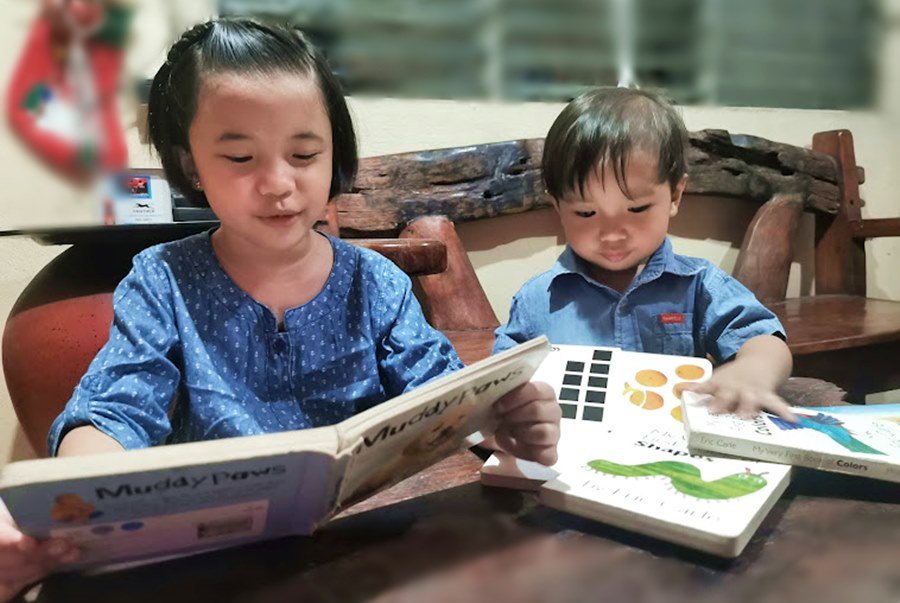
Parenting Style
Choosing the Right Parenting Style: Nurturing Your Child’s Potential
Introduction: Hey there, fellow parents! As a mother, I know firsthand the joys and challenges of raising children. We all want to create the best environment for our little ones to flourish. That’s why I’m excited to share some insights about parenting styles based on recent research. Let’s embark on this nurturing journey together and make informed choices that support our children’s growth and well-being.
So, have you heard about the renowned psychologist Diana Baumrind? Back in 1966, she developed a model that categorized parenting styles and their impact on children’s development (Baumrind, 1966). It has since been expanded upon and extensively studied, providing us with valuable insights.

Parenting Styles: Exploring the Components
- Authoritarian Parenting: Imagine being a super strict parent who sets lots of rules and expects obedience. That’s the authoritarian parenting style. You establish clear expectations and enforce them strictly, often resorting to punishments to maintain control. It’s like running a tight ship (Baumrind, 1966).
Impact: Authoritarian parenting can lead to children who are obedient and disciplined but may struggle with low self-esteem, anxiety, and difficulty making decisions independently (Darling et al., 2017). This style may be helpful in situations that require immediate compliance and safety, such as teaching children about dangerous behaviors or setting non-negotiable rules.
Example: Setting firm rules and expectations is crucial when teaching your child about road safety. You can ensure their safety by explaining the importance of following traffic rules and consistently enforcing them.
- Permissive Parenting: Now, picture a more laid-back approach where rules are scarce, and your child’s happiness takes center stage. That’s permissive parenting. You prioritize your child’s desires and tend to avoid confrontation. You shower them with love and affection but may struggle to set necessary boundaries (Baumrind, 1966).
Impact: Permissive parenting may result in children who are happy and expressive but can also exhibit entitlement, difficulty with self-regulation, and challenges with authority (Darling et al., 2017). This style may be suitable when encouraging creativity, fostering independence, or allowing children to explore their interests.
Example: Let’s say your child is engaged in a creative art project. By allowing them the freedom to experiment, make choices, and express themselves without strict limitations, you can nurture their creativity and support their self-expression.
- Authoritative Parenting: Here’s the sweet spot—authoritative parenting. You strike a balance between structure and warmth. You communicate openly, set clear expectations, and provide guidance while responding to your child’s needs. It’s like being a supportive guide, allowing your child to express themselves (Baumrind, 1966).
Impact: Authoritative parenting fosters positive outcomes, including emotional well-being, self-esteem, academic success, and strong social skills (Darling et al., 2017). This style promotes independence, self-discipline, and healthy communication, providing children with a solid foundation for their development.
Example: Imagine your child is struggling with a difficult school assignment. By offering guidance, breaking down the task into manageable steps, and encouraging them to problem-solve, you can help them develop resilience, critical thinking, and a growth mindset.
4. Uninvolved Parenting: There is another parenting style that we should be aware of uninvolved parenting. This style is characterized by a lack of responsiveness and involvement in a child’s life. Parents who adopt this style may be emotionally distant, neglectful, or simply disengaged from their child’s upbringing.
Impact: Uninvolved parenting can harm a child’s overall development and well-being. Children may experience feelings of neglect, low self-esteem, and struggle with emotional regulation (Darling et al., 2017). They may also have difficulties forming healthy relationships and achieving their full potential.
Example: Imagine a parent who is rarely present, both physically and emotionally, in their child’s life. They may prioritize their needs or be overwhelmed by other responsibilities, leaving their child feeling unsupported and lacking the guidance and nurturing they require.

Choosing the Right Parenting Style:
Remember, every child is unique, and there’s no one-size-fits-all approach to parenting. As a mother, it’s important to consider your child’s temperament, developmental stage, and your values when determining the most suitable parenting style. Here are some additional considerations to help you make an informed choice:
- Understanding Your Child’s Needs: Take the time to observe and understand your child’s needs, strengths, and challenges. Are they more independent or in need of additional support? Do they respond well to structure or thrive in a more flexible environment? By paying attention to these factors, you can tailor your parenting style to meet their needs best. For example, if your child is highly energetic and needs clear boundaries, the authoritative style can provide the required structure and guidance. On the other hand, if your child is introverted and values personal freedom, a more permissive approach might allow them to express themselves and explore their interests.
- Considering Developmental Stage: Children go through various developmental stages, and their needs and abilities evolve over time. Adjusting your parenting style to align with their stage of development can have a significant impact on their growth and well-being. For instance, during the early years, children benefit from a nurturing and authoritative approach that establishes a secure attachment. As they grow older and become more independent, gradually incorporating elements of autonomy and responsibility into your parenting style can help them develop essential life skills and decision-making abilities.
- Adapting to Situational Demands: Different situations may call for different parenting styles. Flexibility in your approach can be key to effectively navigating various challenges and promoting your child’s development. For example, if your child is facing a difficult emotional situation or experiencing a significant life change, such as moving to a new school, they may require additional support and empathy. In such cases, temporarily adopting a more nurturing and permissive approach can provide them with the reassurance and comfort they need.
- Modeling and Consistency: Remember that your own behavior and actions serve as powerful models for your child. Consistency in your parenting style is crucial for establishing clear expectations and building trust. For instance, if you predominantly use an authoritative style at home but switch to an authoritarian style in public, it can confuse your child and undermine their sense of security. Strive for consistency in your approach to reinforce your child’s understanding of boundaries, expectations, and values.
In conclusion, choosing the right parenting style involves a thoughtful and dynamic approach that takes into account your child’s individual needs, developmental stage, and the specific demands of each situation. By considering these factors and remaining open to adapting your style as needed, you can create a nurturing and supportive environment that helps your child thrive.

References:
- Baumrind, D. (1966). Effects of authoritative parental control on child behavior. Child development, 37(4), 887-907.
- Darling, N., & Steinberg, L. (1993). Parenting style as context: An integrative model. Psychological Bulletin, 113(3), 487-496.
- Darling, N., Cumsille, P., Peña-Alampay, L., Coatsworth, D., & Valdivia, G. (2017). Parenting style and its correlates in culturally diverse families: A systematic review of the literature. Psychological Bulletin, 143(6), 595-630.
-
Parenting Styles: A Closer Look at a Well-Known Concept, doi: 10.1007/s10826-018-1242-x
More Stories
- Are Energy Drinks Bad for Kids? | Risks and Components
- Is Chocolate Milk Good for Kids? | Pros and Cons
- MOVING-UP EXERCISES | Celebrating Milestones and Values
- Embracing Authenticity: Kids Beyond Social Media Standards
- TODDLER’S SOCIAL ENGAGEMENT | Growth Beyond Screens
- SQUASH HEALTH BENEFITS | Creative Ways of Serving Kids
- BANANAS HEALTH BENEFITS | Why It’s the Perfect Food for Kids
- CHILDHOOD CELEBRATIONS | Ynzo’s 3rd Birthday
- Healthy Holiday Foods for Kids
- Healthy Snacks for Kids
- Intestinal Parasites [ Worms in Kids ] | Prevention Tips
- Kid’s Talents | How to Spot and Enhance
- Healthy Sleep Habits for Your Kids
- Snoring in Children,
- Best Brain Foods for Kids | Healthy Boosters
- Educational Games for Kids
- The Baby Bottle Tooth Decay
- Reading Activities for Kids | Making Enjoyable One




Recent Comments